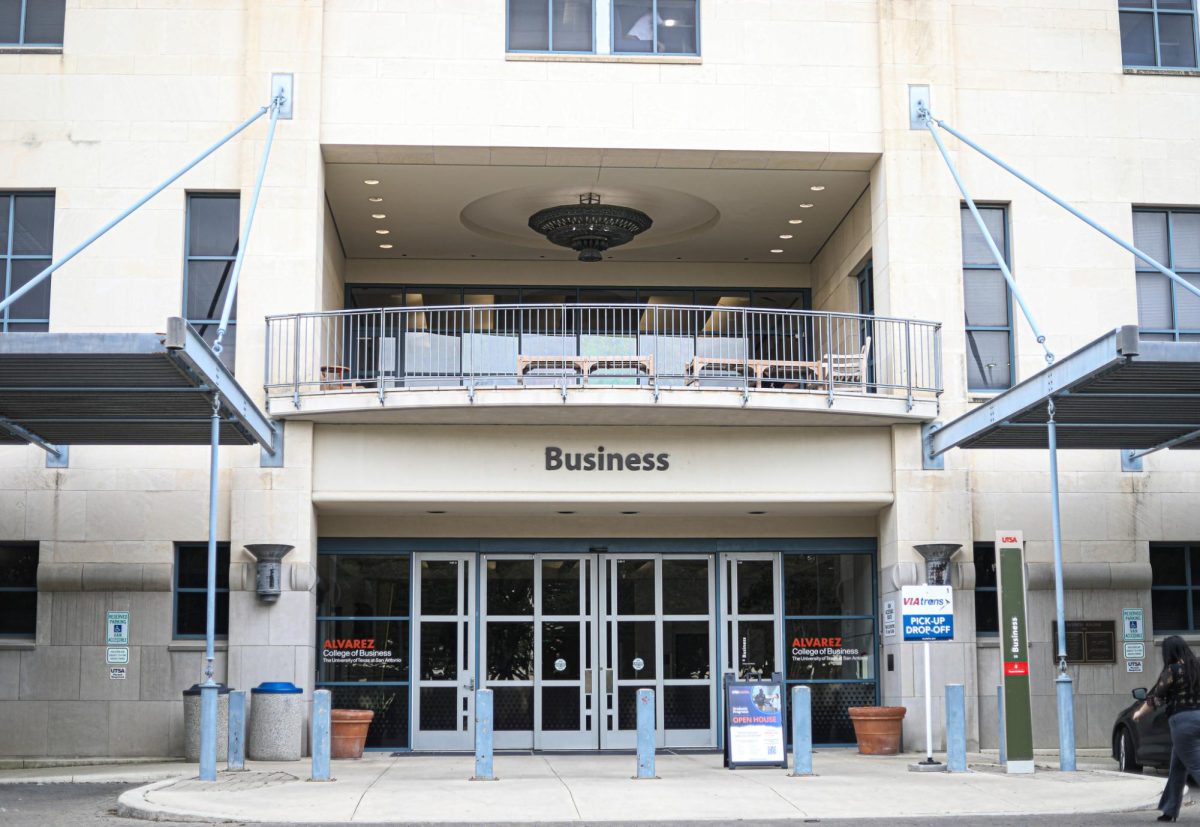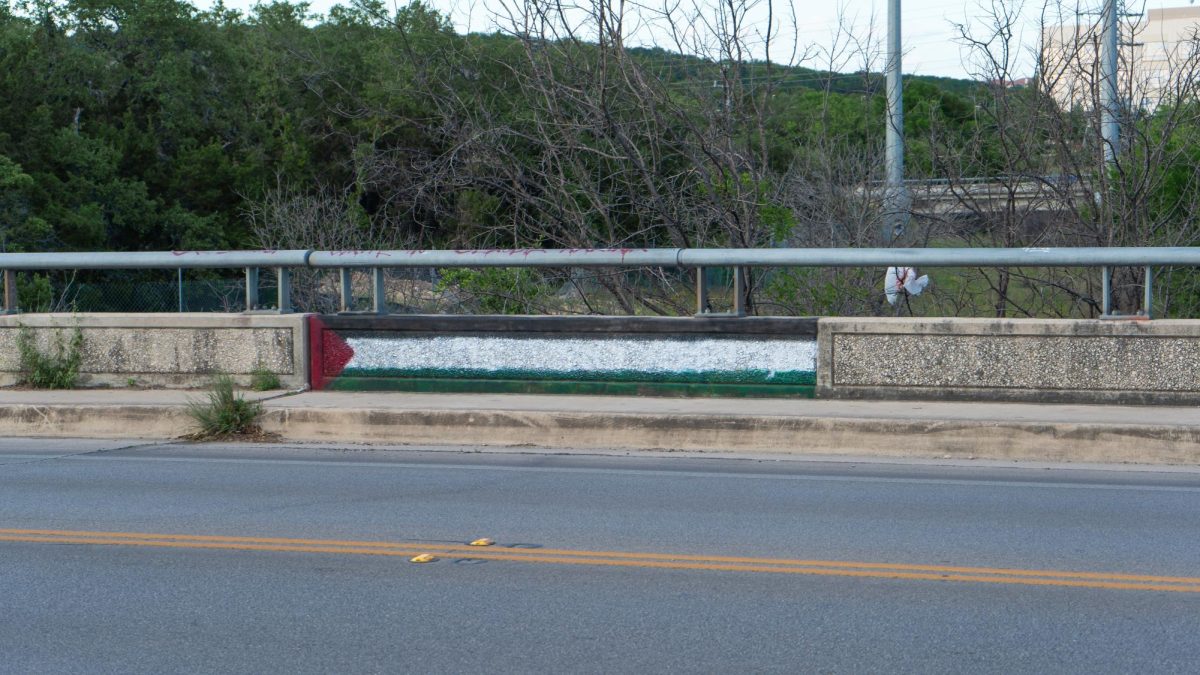On February 8, 2012, the U.S. Department of State issued an official travel warning to all American citizens entering Mexico. Millions of people safely visit Mexico each year, including more than a 150,000 Americans who cross the border into northern Mexico, often the most violent of all Mexican territories.
Major northern Mexican cities, such as Tijuana and Monterrey, have often proved to be more dangerous than southern states and popular tourist destinations, such as the Yucatan Peninsula.
The major source of violence comes from what are known as Transnational Criminal Organizations. More deadly than petty criminal violence, these international criminals often engage in the illegal buying and selling of black market goods. According to the United Nations, it is estimated that nearly one third of all drugs consumed in the United States were first passed from Mexico to the U.S.
Often carrying contraband that generates millions of dollars annually, it is no surprise that many of these extensive criminal groups will do anything to protect their trade, and they have the resources to do so. Because so many of their operations span the globe, guns are commonly smuggled into Mexico from the United States and South America.
One of the most deadly cartels in Mexico, Los Zetas, features ex-members of the Mexican military gone awry, who are more than capable of handling advanced weaponry. More capable than petty criminals, these former soldiers are high skilled, armed and dangerous.
These large transnational Mexican criminal organizations have a strong grip on border trade and present a threat to anyone that stands in their way. But what does this mean for a simple American tourist traveling south of the border?
According to the U.S. Department of State, Mexican drug cartels have not been known to target any one person based solely on his or her nationality. Popular tourist destinations do not see the same level of violence as northern border trading routes. Many Americans fall victim to circumstance, not deliberate homicide.
Figures published by the Mexican government show that in 2011 Mexico held witness to 12,903 narcotics-related deaths. Only 120 of those deaths were reported to be deliberately murdered U.S. citizens.
Travel to Mexico is common for many families who live in South Texas and a pastime of many students at UTSA. One UTSA student, whose family has embarked on such expeditions and who wishes to remain anonymous, knows what it means to fear traveling across the border.
He is hesitant to travel south because, “driving to Mexico is risky, especially on the long stretches of freeway that connect major cities.” He notes that this is because “there are the risks of bumping into malicious vehicles.”
This student has also heard of a few commonly accepted tips on how to avoid the watchful eye of transnational Mexican crime. “Some things I have heard to help avoid (dangerous) situations would be to drive an older model car, it makes you less noticeable.” He also recommends that drivers, “travel by daylight,” and, “stay close to cars heading in the same direction. Never travel at dark or alone.”
These instructions apply mainly to travel along toll roads and state highways. If a member of a cartel stops a driver, it is often due to, “the car that you are driving, either because they want to take it, or they think you are from a rival cartel,” the student says.
The UTSA student also warns that some cartels have been known to dress as policemen and intimidate drivers into stopping. The U.S. Department of State has warned of pseudo checkpoints created by members of mass criminal organizations. They advise that it’s best to comply with these unofficial checkpoints, as many are only established to mark territories and ward off the presence of a rival gang.
The anonymous UTSA student fears travel into Mexico, not because the frequency at which these crimes are committed, but the ruthlessness shown by many gangs. Many victims are found tortured, decapitated and dismembered.
Kevin Forester, a junior Spanish major at UTSA, who is also familiar with traveling to Mexico, similarly advises that people, “travel during the day, prepare your trip with others who know the area and keep in contact with family, friends and the authorities.” He says, essentially, commuters should, “hope for the best and expect the worst.”
The U.S. Department of State offers a free service called the Smart Traveler Enrollment Program (STEP). STEP is a free service provided by the U.S. Government to all citizens who are living in or traveling to a foreign country. STEP allows traveling citizens to log their information into a system that will keep a record of their time and location to ensure efficiency in case of an emergency.
Travelers enrolled in this program will also receive updates on travel warnings, alerts and information on the nearest U.S. Embassy.
Ultimately, traveling abroad should always be regarded with caution. When travelling to Mexico, tourists should exercise common sense and make their whereabouts known to family and friends or tracked by the government.











